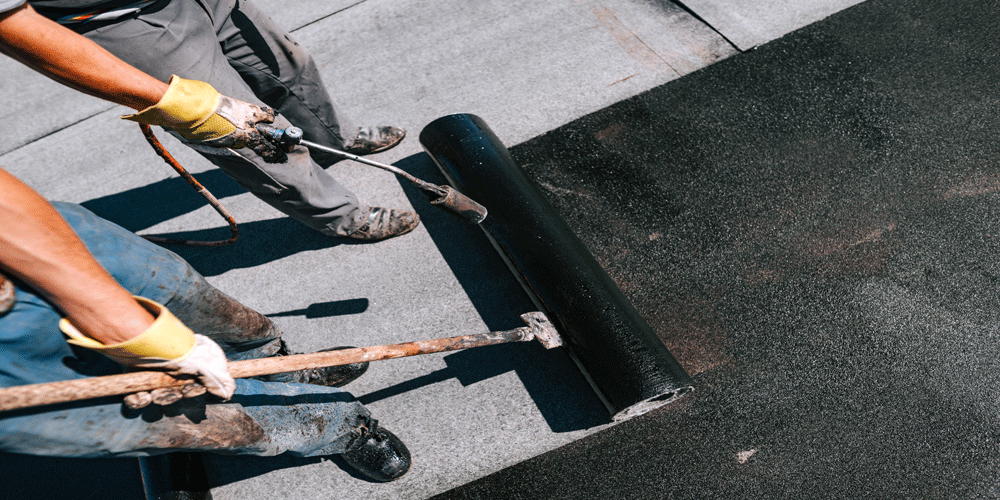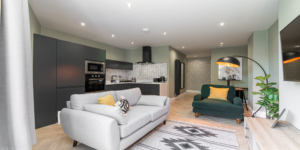
Flat roofs have gained significant popularity in both residential and commercial construction due to their numerous benefits and versatile applications. While traditionally associated with commercial buildings, flat roofs are now being increasingly used in residential settings as well. Let’s explore some of the key benefits and applications of flat roofs.
1️⃣ Space Utilisation: One of the most significant advantages of a flat roof is the efficient use of space. Unlike pitched roofs that have sloping sides, flat roofs provide a level surface that can be utilised for various purposes. This additional space can be transformed into a rooftop garden, a recreational area, an outdoor lounge, or even a solar panel installation, maximising the utility of the building.
2️⃣ Easy Access and Maintenance: Flat roofs offer easy access, making maintenance tasks more convenient. With a flat surface, it becomes easier to inspect, clean, and repair the roof, reducing the time and effort required for maintenance. This accessibility is particularly beneficial for commercial buildings, where HVAC systems, satellite dishes, or other equipment can be conveniently installed or serviced on the roof.
3️⃣ Cost-Effective Construction: Flat roofs generally require less material and labor compared to pitched roofs, making them a cost-effective choice for construction. The simplified design and reduced complexity can contribute to overall project savings, making flat roofs an attractive option for both residential and commercial builders. Moreover, the easy access for maintenance translates to potential long-term cost savings.
4️⃣ Energy Efficiency: Flat roofs offer excellent opportunities for incorporating energy-efficient features. For instance, solar panels can be seamlessly integrated, capturing sunlight and generating electricity. Additionally, the flat surface allows for the installation of a green roof, which not only enhances the aesthetic appeal but also provides insulation, reduces energy consumption, and improves the building’s overall energy efficiency.
5️⃣ Versatile Applications: Flat roofs provide great flexibility in terms of their applications. In commercial settings, they are commonly used for retail spaces, restaurants, and office buildings. For residential properties, flat roofs offer a contemporary and modern design aesthetic. They can be utilised in urban environments to create rooftop gardens or as an extension of living spaces. The versatility of flat roofs allows architects and homeowners to explore creative possibilities and design unique, functional spaces.
6️⃣ Integration with HVAC Systems: Flat roofs are ideal for accommodating HVAC (Heating, Ventilation, and Air Conditioning) systems. These systems can be placed on the roof without obstructing the building’s overall structure or compromising interior space. Proper placement of HVAC units on flat roofs ensures efficient cooling and heating, which is essential for large commercial buildings or multi-story residential complexes.
It’s important to note that proper installation and regular maintenance are crucial to ensure the longevity and performance of flat roofs. Consulting with a professional roofing contractor is highly recommended to assess the specific requirements and considerations for your building.
In conclusion, the benefits and applications of flat roofs are numerous. From efficient space utilisation and easy access to energy efficiency and versatile applications, flat roofs offer a range of advantages for both residential and commercial buildings. Their cost-effectiveness, along with the potential for integrating renewable energy solutions, makes flat roofs an appealing choice for modern construction projects.






